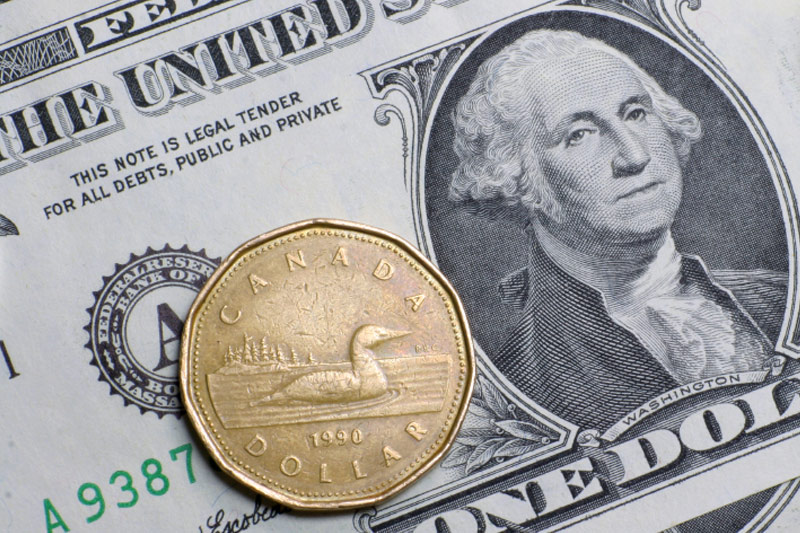* Canadian dollar at C$1.3421, or 74.51 U.S. cents
* Bond prices lower across the maturity curve
TORONTO, March 9 (Reuters) - The Canadian dollar was little
changed against its U.S. counterpart on Wednesday as the market
braced for the Bank of Canada monetary policy decision, while
crude oil prices rose and U.S. stocks opened higher.
The currency has rebounded more than 9 percent since hitting
a 12-year low on Jan. 20 at C$1.4689 when the central bank
surprised many traders by not cutting rates.
However, too sharp a rally in the currency could hinder a
pick-up in exports that appears to be underway.
"The appreciation could weigh toward a slightly dovish tone
in the policy statement," said BMO Capital Markets in a research
note.
The central bank is expected to hold interest rates at 0.50
percent as it waits to see what impact the government's expected
spending measures will have on the economy. The measures will be
presented with the March 22 budget.
The implied probability of a rate cut this year has dropped
to less than 40 percent from around 80 percent just two weeks
ago. BOCWATCH
U.S. crude CLc1 prices were up 1.67 percent to $37.11 a
barrel, driven by anticipation that the world's largest
exporters may agree as soon as this month to freeze output.
O/R
At 9:28 a.m. EST (1428 GMT), the Canadian dollar CAD=D4
was trading at C$1.3421 to the greenback, or 74.51 U.S. cents,
slightly weaker than Tuesday's close of C$1.3416, or 74.54 U.S.
The currency's strongest level of the session was C$1.3379,
while its weakest level was C$1.3447.
On Monday, it had touched its strongest since Nov. 19 at
C$1.3262.
Canadian government bond prices were lower across the
maturity curve as risk appetite improved, with the two-year
CA2YT=RR price down 2.5 Canadian cents to yield 0.506 percent
and the benchmark 10-year CA10YT=RR falling 43 Canadian cents
to yield 1.228 percent.
The curve steepened in sympathy with U.S. Treasuries, as the
spread between the 2-year and 10-year yields widened 3.4 basis
points to 72.2 basis points, indicating underperformance for
longer-dated maturities.
